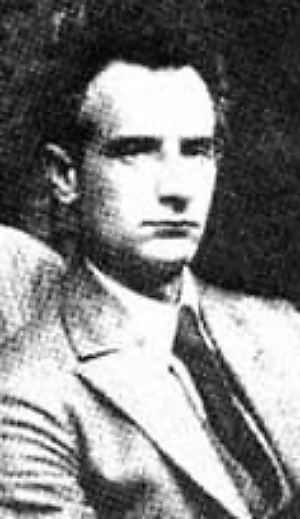Biography
(No Information)
Filmography
all 3
Movies 3
Writer 3
Information
Known ForWriting
GenderMale
Birthday1880-11-07
Deathday1948-08-16 (67 years old)
Birth PlaceGmina Kleszczele, Poland
CitizenshipsPoland
Also Known Asפרץ הירשביין
This article uses material from Wikipedia.
Last updated:
 Peretz Hirschbein
Peretz Hirschbein- Filmography
- Information

